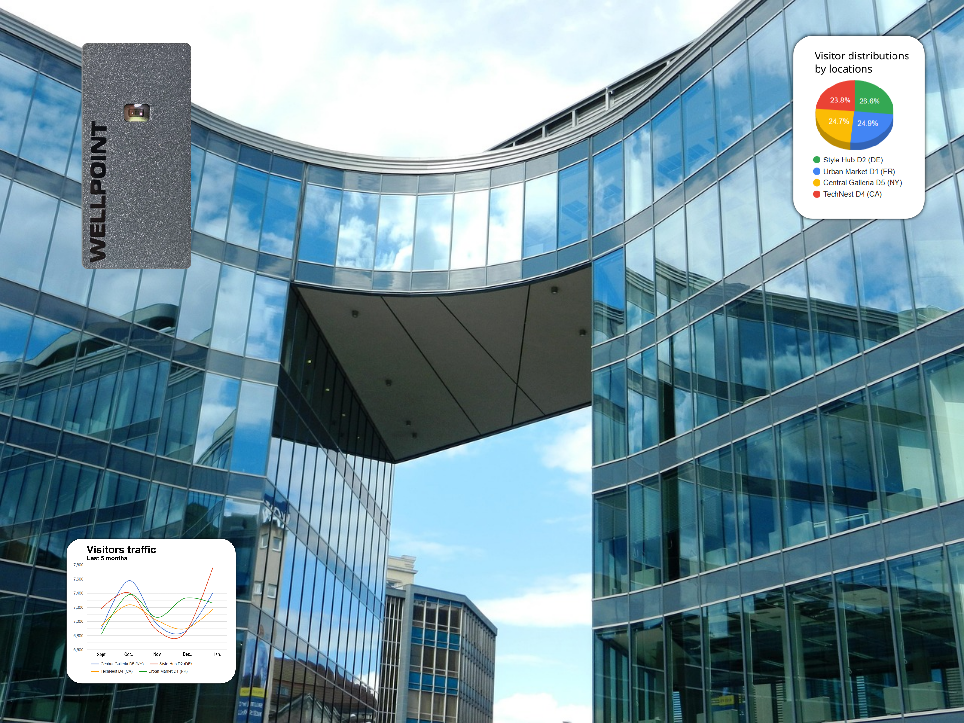
Productivity by Design: How Smart Occupancy Shapes the Modern Office
In the flexible era of hybrid work, the office is no longer just a place to sit—it's a destination for collaboration, focus, and innovation. However, if the space itself isn't optimized, it can become a source of friction and frustration, actively hindering productivity. To build a truly effective workspace, leaders need to look beyond aesthetics and understand how their teams actually use the office. This is where smart occupancy solutions become an indispensable tool for boosting productivity.
The Connection Between Space and Performance
The physical environment has a direct impact on an employee's ability to perform. Constant interruptions, the struggle to find a quiet desk, or the unavailability of meeting rooms can derail focus and disrupt workflow. A productive office is one that fluidly adapts to the diverse needs of its people, offering a seamless experience whether they need to collaborate on a project or engage in deep, focused work.
How Wellpoint's Occupancy Data Drives Productivity
Wellpoint's people counting technology provides anonymous, real-time data on how your office space is utilized, turning your building into a strategic asset for productivity.
-
Empowering Employees with Real-Time Visibility: By integrating our data with your workplace app or internal dashboards, employees can instantly see which desks, rooms, or zones are available. This eliminates the time-wasting "search for a spot" and empowers them to choose the environment that best suits their task at hand.
-
Optimizing Collaborative Spaces: Are your meeting rooms always booked, or are some consistently empty? Occupancy analytics provide clear data on room utilization, helping you reconfigure spaces, adjust booking policies, or identify the need for more informal huddle areas to ensure teams can connect when they need to.
-
Creating Balanced Work Zones: A successful modern office supports multiple work styles. Occupancy data helps you analyze traffic flow and dwell times to strategically design dedicated zones—quiet areas for focused tasks, dynamic hubs for team brainstorming, and social spaces for connection—ensuring minimal disruption and maximum effectiveness.
-
Reducing Environmental Stressors: Overcrowding and high noise levels are major productivity killers. By monitoring occupancy density, you can ensure that spaces remain comfortable and conducive to work, improving overall employee well-being and satisfaction.
By leveraging the power of smart occupancy data, you can move from making assumptions to making informed decisions. Wellpoint helps you design an office that doesn't just house your employees but actively contributes to their success.
Try our DEMO at wellpoint.cloud today.
#PeopleCounting #Wellpoint #SmartBuildings #BusinessIntelligence #OccupancyMonitoring
